Golden Glow: The Power of Turmeric Spice
Turmeric, with its bright golden color and warm flavor, is one of the world’s oldest and most valuable spices. Also known as Indian saffron or the golden spice, it is a tall plant native to Asia and Central America.
Turmeric is native to India, where it was first discovered thousands of years ago. After people found its edible and medicinal properties, it became a staple in traditional medicine and cooking, and is an essential ingredient in the famous curry spice.
Turmeric powder, obtained from the dried root, is dark or light yellow and is used in many oriental and international dishes for its vibrant color and warm, pleasant aroma.
The active ingredient in turmeric, curcumin, is the primary source of the spice’s medicinal and therapeutic properties. Curcumin has been used for centuries to cleanse the body, promote general health, and even in the cosmetic and skin care industries. For this reason, turmeric is not only a spice but also a symbol of natural health and wellness across various cultures worldwide.
From Root to Potent Powder
Turmeric, scientifically known as Curcuma longa, is a plant in the ginger family. This herbaceous plant grows in tropical regions such as India, Iran, and Thailand, and usually reaches about 1.5 meters in height. Its stems, which are swollen underground and called rhizomes, are the same part used to produce turmeric powder after harvesting. Turmeric flowers are hyacinth-shaped and yellowish-green.
The part used for this plant is the rhizome, or underground stem, which, after harvesting, is boiled, dried, and ground into a golden-yellow powder. This traditional process plays a fundamental role in preserving the plant’s active compounds and natural aroma. In recent years, industrial methods of drying with hot air or freezing have also been used to maintain quality and longer shelf life.
Dried and ground turmeric root is widely consumed in Iran, India, and Pakistan, and is used both in its pure form and in combination with other spices. In terms of type, turmeric root is divided into two categories:
- Pen turmeric: Whole, dried root, without grinding.
- Soft or ground turmeric: A uniform yellow powder obtained from a pen mill.
Turmeric has been a widely used and valuable spice in traditional Eastern cooking and medicine for centuries, and today, with modern production methods, it continues to hold its place in the world.
Science-Backed Health Benefits of Turmeric
Scientific research has shown that turmeric has a significant impact on overall health. This golden spice can play an effective role in everything from improving brain function to preventing heart disease and even reducing the risk of some cancers.
Turmeric is used in the natural treatment of many chronic diseases by strengthening the immune system and improving digestive function. One of the outstanding features of this plant is its powerful antioxidant properties, which reduce inflammation, support skin repair, and enhance cognitive function and memory.
The main active compound in turmeric, curcumin, is a bright yellow chemical with many therapeutic properties. Curcumin helps maintain energy and metabolic health by reducing insulin resistance in people with diabetes, regulating blood sugar levels, and preventing fatigue caused by glucose fluctuations.
This natural compound has not only received scientific attention but has also been approved as a safe and beneficial food additive by the World Health Organization (WHO), the European Parliament, and the United States Food and Drug Administration (FDA).
Fighting Inflammation Naturally
Curcumin, the main active ingredient in turmeric, is known as one of the most potent natural anti-inflammatory compounds. Inhibiting inflammatory molecules in the body reduces joint pain, skin inflammation, and digestive problems. For this reason, many natural anti-inflammatory supplements today use turmeric extract.
The anti-inflammatory effect of curcumin is comparable to that of steroidal and nonsteroidal drugs such as phenylbutazone in scientific studies. By inhibiting the synthesis of inflammatory prostaglandins, curcumin prevents inflammatory reactions in the body, and at the same time, does not have the side effects of chemical drugs.
In addition to reducing systemic inflammation, turmeric’s anti-inflammatory properties help regulate immune system function. This feature makes turmeric effective in reducing the symptoms of chronic inflammatory diseases, such as rheumatoid arthritis, asthma, Alzheimer’s disease, optic neuritis (inflammation of the optic nerve), and chronic bronchitis.
Research has also shown that curcumin may help reduce symptoms of inflammatory bowel diseases, such as Crohn’s disease and ulcerative colitis (UC). This natural compound can help relieve symptoms such as abdominal pain, diarrhea, and bleeding by soothing inflammation in the stomach and intestines, and may help improve digestive function.
Turmeric in International Kitchens
Turmeric has long been used in various cultures around the world as an aromatic spice and natural colorant in cooking. In the past, this plant was used not only to add a golden color and warm flavor to foods, but over time, its medicinal and health properties were also recognized, and it gained a special place in nutrition and traditional medicine.
Today, turmeric is used all over the world, from Indian curries, soups, and Asian dishes to Mediterranean sauces and modern smoothies. This spice, while adding a special color and flavor to foods, also increases nutritional value and improves digestion.
In recent years, the use of turmeric in modern cooking and healthy lifestyles has expanded significantly. Drinks such as “turmeric milk” or Golden Latte have become very popular in Western countries as energy-boosting, anti-inflammatory drinks.
Turmeric can be consumed in powder, extract, or capsule form, but the most natural and effective way to use it is to add this golden spice to everyday foods, from soups and salads to rice and vegetarian dishes.
Choosing and Using Quality Turmeric
To benefit from turmeric’s true properties, it is critical to choose a pure, organic variety, as dark-colored or weak-smelling turmeric is usually of lower quality. This spice is best stored in a sealed container away from light and moisture to preserve its aroma and active compounds. Combining turmeric with black pepper also increases curcumin absorption several times. Since turmeric is usually sold in powder form, unauthorized and toxic additives such as syringa (red lead) or methylenemethanil yellow (acid yellow 36) may be added, altering the natural golden color to a reddish-orange hue. These counterfeit substances can be dangerous to human health, and their use is prohibited in many countries. Therefore, it is better to buy turmeric from reputable brands and sellers, and choose samples with organic or laboratory certification to ensure the product’s quality and health, and to access its full therapeutic and nutritional properties.
Emerging Turmeric Trends in 2025
In 2025, turmeric has become a versatile superfood that goes beyond culinary spice, and its emerging trends include various areas; in skin and hair care products, turmeric extract has become one of the most popular ingredients in creams, serums, and masks due to its anti-inflammatory and antioxidant properties. It helps reduce acne, inflammation, and skin blemishes. In the field of nutrition, dietary supplements and health-oriented drinks such as turmeric milk, golden tea, and energy smoothies, when combined with new technologies such as nano- and microemulsions, increase the absorption of curcumin and enhance its anti-inflammatory effects; also, when combined with ginger, honey, and probiotics, they improve gut health and digestion. In modern cooking, turmeric is used in salads, soups, sauces, and desserts, and brands are focusing on organic, sustainable production with global standards, ensuring quality and transparency in the supply chain. In addition, digital marketing and educational content about turmeric drinks and masks have made it a symbol of health and a natural lifestyle, thereby significantly increasing global demand for this golden spice.
Safety Tips and Side Effects of Turmeric
Despite its many benefits, consuming too much turmeric may cause problems such as heartburn, nausea, diarrhea, headache, stomach pain, and low blood pressure. This spice can interact with blood thinners, nonsteroidal anti-inflammatory drugs, and diabetes medications, and can cause skin or respiratory allergies in some people. Excessive consumption of turmeric may aggravate kidney stones or worsen conditions involving the liver or gallbladder. Pregnant women should use caution and consult a doctor while breastfeeding. Excessive consumption of turmeric can also reduce iron absorption and, in severe cases, lead to fertility problems or elevated blood sugar levels. In general, moderate consumption of turmeric in foods is safe and beneficial, but moderation and attention to individual conditions are significant.

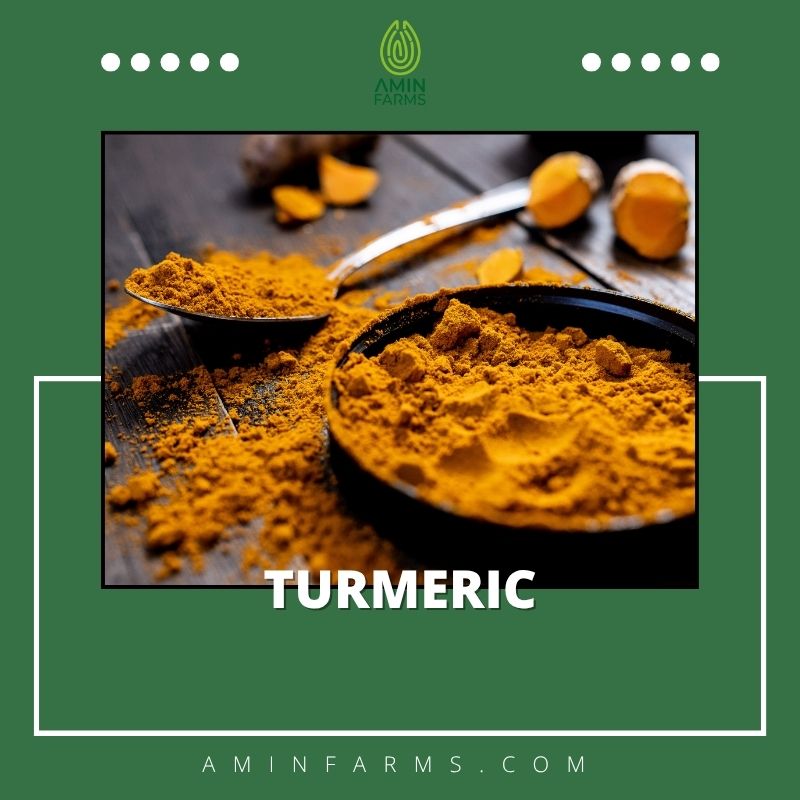
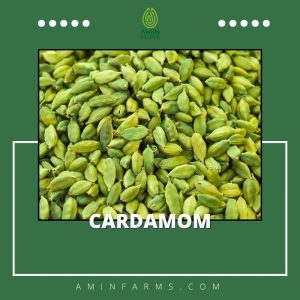
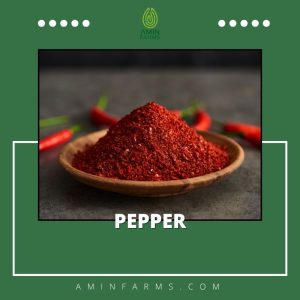
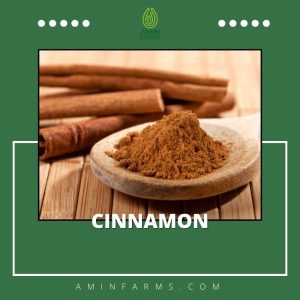
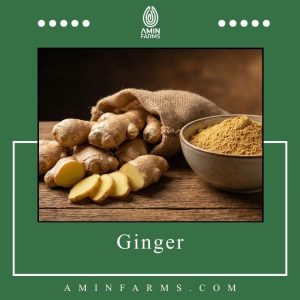



Reviews
There are no reviews yet.